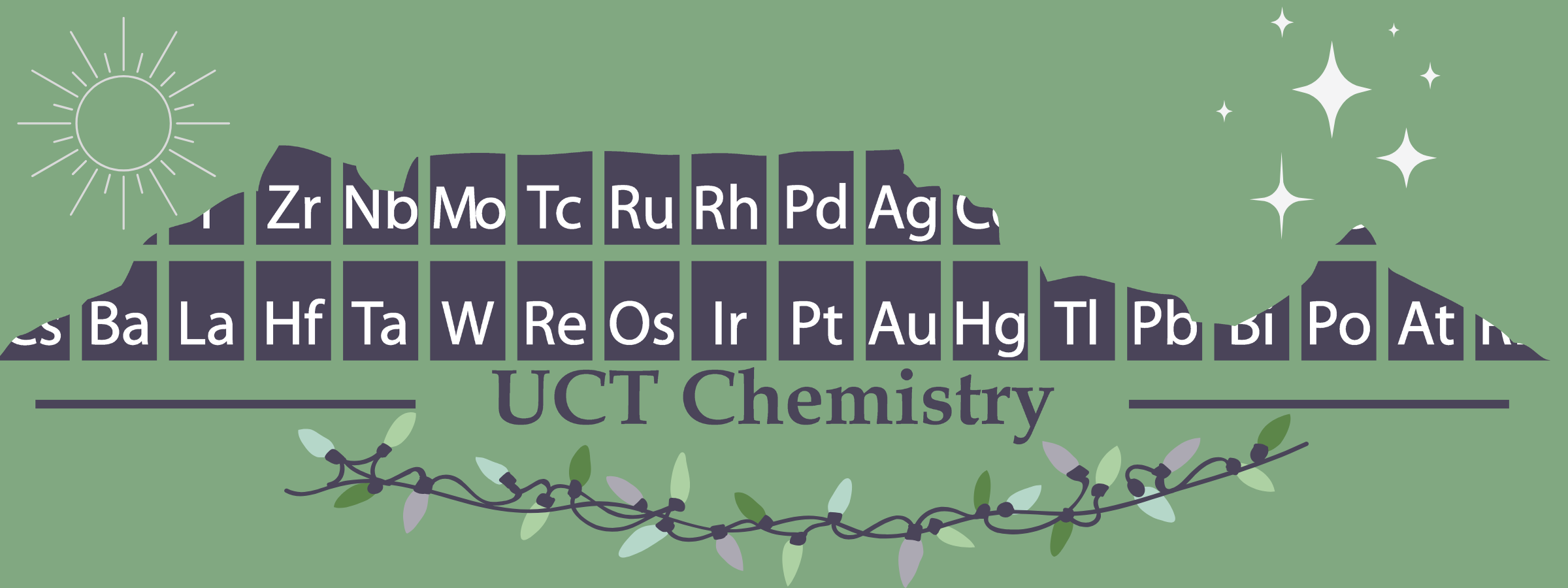Assoc Prof Clinton Veale
Associate Professor
PD Hahn building, upper campus
Biography
- Associate Professor, University of Cape Town. 2022 – Present:
- Royal Society of Chemistry and African Academy of Sciences, FLAIR Fellow. 2020 – Present
- Senior Lecturer, University of Kwa-Zulu Natal. 2018 –2022
- Claude Leon Post-Doctoral Fellow, Stellenbosch University. 2015
- Lecturer, Rhodes University. 2014 –2018
- BPharm (2007, Rhodes), MSc (2010, Edinburgh), PhD (2014, Rhodes)
Research Interest
I have a broad interest in organic chemistry, chemical biology and biophysical chemistry and its applications to drug discovery and medicinal chemistry. I am particularly interested in the application of Native Mass Spectrometry as a tool for drugging Protein-Protein Interactions, as well as the design and synthesis of bioactive small molecules, targeting neglected diseases
Representative Publications
- A Native Mass Spectrometry Platform Identifies HOP Inhibitors that modulate the HSP90–HOP Protein-Protein Interaction.
Clinton G. L. Veale, Maria Mateos-Jimenez, Michaelone P. Vaaltyn, Ronel Muller, Matodzi Makhubu, Mahama Alhassan, Beatriz, G. de la Torre, Fernando Albericio, C. Logan Mackay, Adrienne L. Edkins, David J. Clarke. Chemical Communications 2021, 57, 10919 – 10922 - Virtual screening and in vitro validation identifies the first reported inhibitors of Salmonella enterica HPPK.
Ronel Müller, Tiaan M. Gerwel, Magambo Phillip Kimuda, Ozlem Tastan Bishop, Clinton G. L. Veale, Heinrich C. Hoppe. RSC Medicinal Chemistry 2021, 12, 1750 – 1756 - Native ion mobility mass spectrometry (IM-MS) reveals that small organic acid fragments impart gas-phase stability to carbonic anhydrase II.
Clinton G. L. Veale, Maria Mateos Jimenez, C. Logan Mackay, David J. Clarke. Rapid Communications in Mass Spectrometry 2020, 34, e8570 - Screening of the pathogen box reveals new starting points for anti-trypanosomal drug discovery.
Clinton G. L. Veale, Heinrich C. Hoppe. Medicinal Chemistry Communications 2018, 9, 2037-2044 - Expanding the SAR of non-toxic antimalarial indolyl-3-ethanone ethers and thioethers.
Mayibongwe J. Lunga, Ruramai L. Chisango, Carli Weyers, Michelle Isaacs, Dale Taylor, Adrienne L. Edkins, Setshaba D. Khanye, Heinrich C. Hoppe, and Clinton G. L. Veale. ChemMedChem 2018, 13, 1353 – 1362 - Blending problem-based learning and peer-led team learning, in an open ended ‘home-grown’ pharmaceutical chemistry case study.
Clinton G.L. Veale, Rui W. M. Krause and Joyce D Sewry. Chemical Education Research and Practice 2018, 19, 68-79 - Indolyl-3-ethanone-α-thioethers: a promising new class of non-toxic antimalarial agents.
Archibald L. Svogie, Michelle Isaacs, Heinrich C. Hoppe, Setshaba D. Khanye and Clinton G. L. Veale. European Journal of Medicinal Chemistry 2016, 114, 79 – 88 - Synthetic analogues of marine bisindole deoxytopsentin: potent selective inhibitors of MRSA pyruvate kinase.Clinton G.L. Veale, Roya Zoraghi, Ryan M Young, James P. Morrison, Manoja Pretheeban, Kevin A. Lobb, Neil E. Reiner, Raymond J. Andersen and Michael T. Davies-Coleman. Journal of Natural Products 2015, 78, 355 – 362.
Full list available on Google Scholar
https://scholar.google.co.za/citations?user=8Cx1674AAAAJ&hl=en
